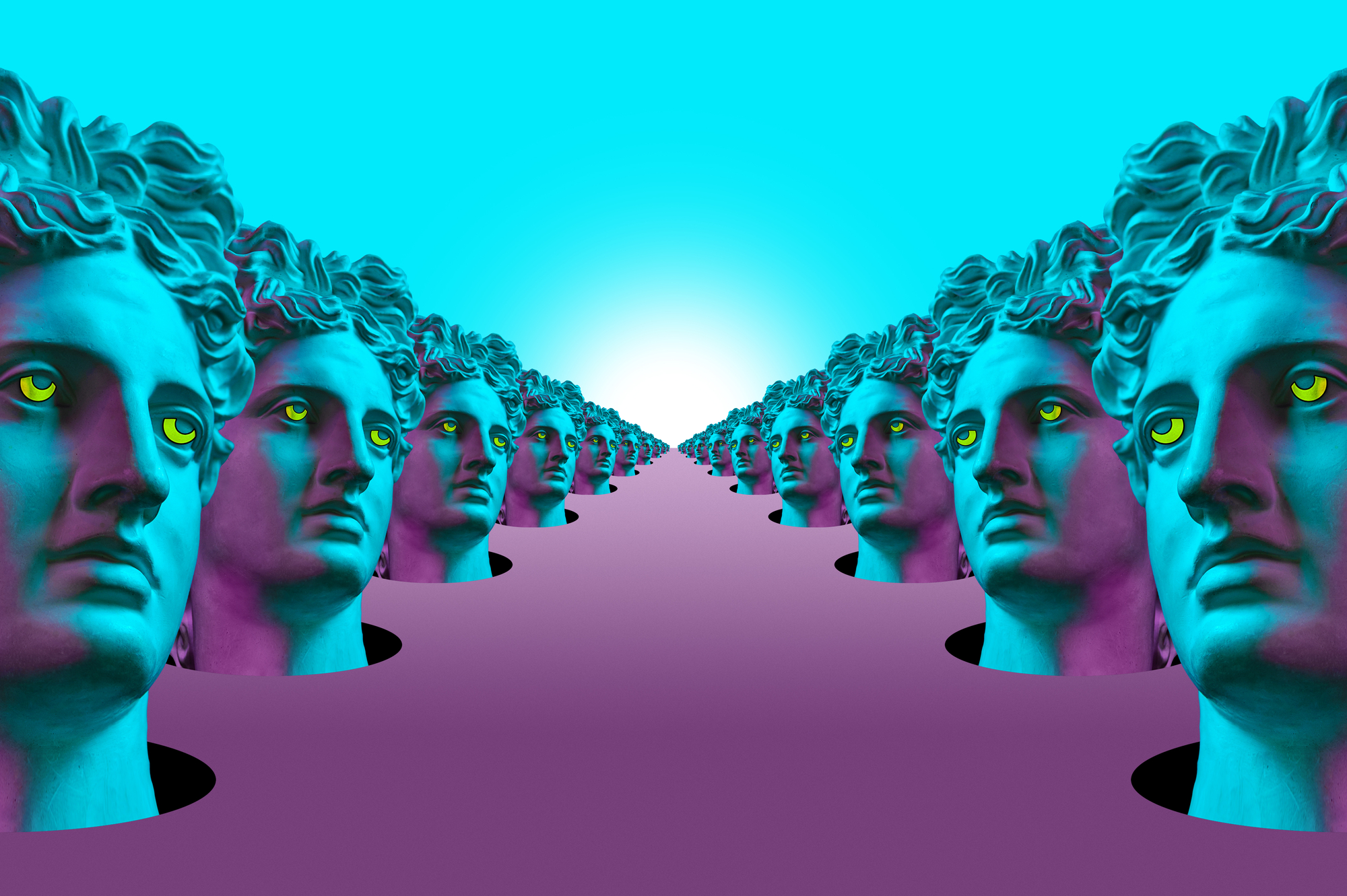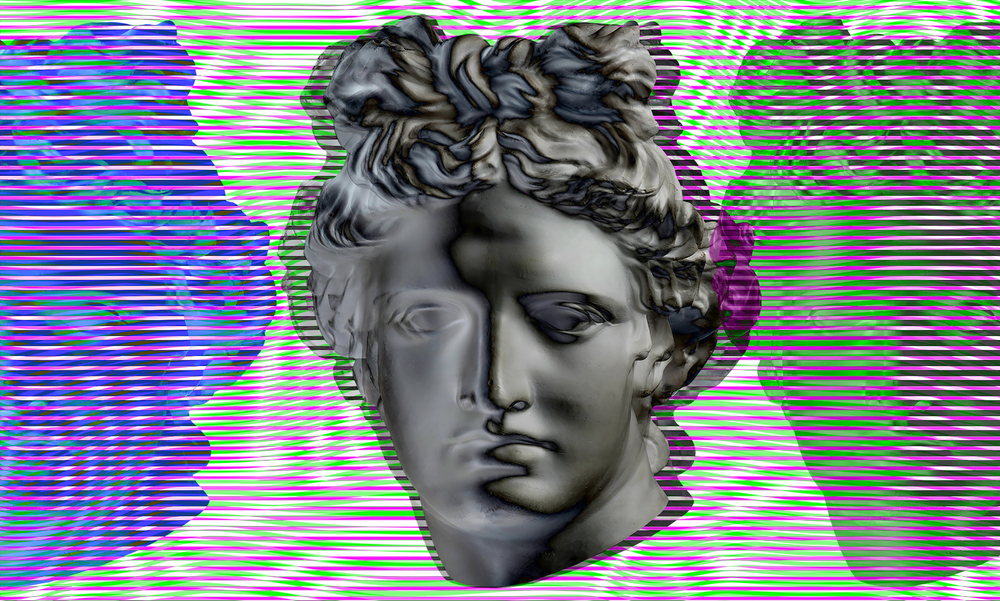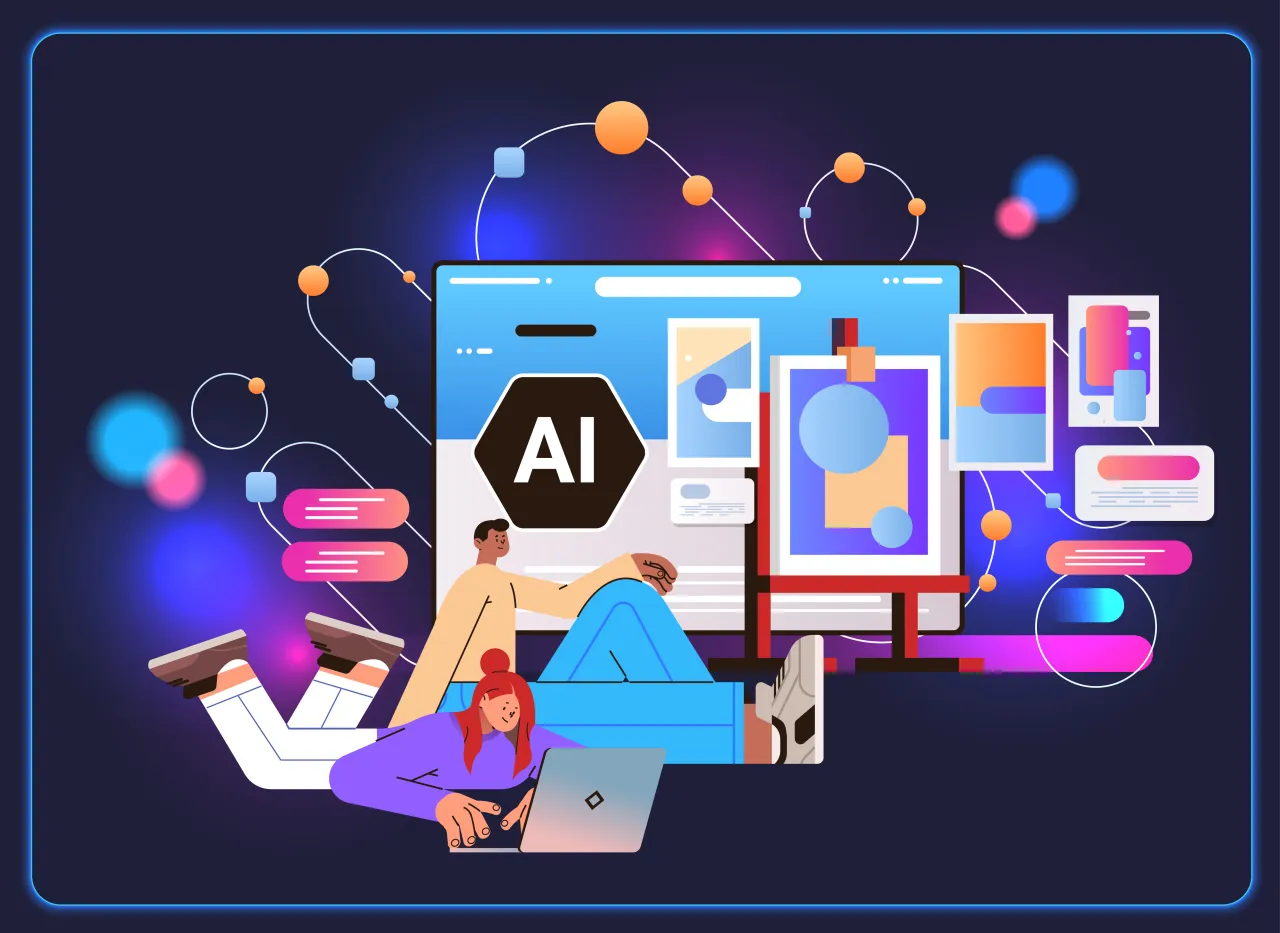Benefits and Risks of Using Generative AI for Business
Today, artificial intelligence seems to be literally everywhere. Almost every day, we see high-profile headlines about innovations in AI development, as well as increasingly advanced tools designed to transform various fields radically, including business.
There’s no doubt that AI technologies offer many benefits, from workflow automation to budget savings, so it’s no surprise that 35% of international companies are already using AI, while about 50% of them plan to introduce AI into business activities by the end of 2023. At the same time, AI hides many risks that are important to be aware of. In this article, we will explore both the opportunities and dangers associated with the use of AI tools, particularly content generators. Read on to explore this topic in more detail and decide whether or not you should rely on AI in your business.
The main thing about generative AI
Before we look at the benefits and risks of generative AI tools, it is important to understand the nature of this phenomenon. Generative AI is a type of artificial intelligence designed to produce content. To do this, AI “learns”; it processes a large amount of data and identifies patterns and structures that allow it to create new content on its own.
The list of things that GenAI can do is quite long. Its main features include:
- Text generation (ChatGPT, Google Bard);
- Image generation and editing (DALL-E 2, Midjourney);
- Video generation and editing (Synthesia, Descript);
- Audio generation (Soundful, Amper Music);
- Code generation (OpenAI Codex, AlphaCode);
- 3D model creation (Alpha3D, 3DFY.ai);
- Video game development (Unity Machine Learning Agents, Charisma).
With such a wide range of capabilities, generative AI looks like a real find for brands. According to a survey by Salesforce, marketers most often use AI to create basic content, generate text and images, search for ideas, and analyze market data.
Opportunities AI opens up for business
1. Saving time and money
By automating workflows that previously required human intervention, AI can save both your time and budget. For example, ChatGPT-3.5 can generate a thousand-word text in just a few minutes, while ChatGPT-4 performs the same task in just a few seconds. Obviously, no human can work that fast. AI takes over routine work and, as a result, employees get more free time to do more important tasks and look for new opportunities. Process optimization also allows businesses to significantly reduce costs.
2. Content personalization
Given that AI has access to a huge amount of data, it can easily find valuable insights about an audience, their needs, and interests. It involves the use of machine learning and determining the type of content that will resonate with the audience. To do this, AI analyzes data such as location, gender, search history, social media and app activity, reviews, etc. Based on this information, brands can serve users the content they want to see at the best time. With this individualized approach, businesses can better engage customers and earn their loyalty, which can help increase sales in the long run.
3. Searching for ideas
In addition to content creation, AI can help with idea generation. By entering a simple set of parameters into the system, you can get interesting ideas for an article, project, or marketing campaign. All this is due to AI’s ability to quickly process and organize huge amounts of data. It is likely to come up with ideas that you would have never thought of. So, AI can also serve as a source of insight and inspiration for you.
4. Search engine optimization
AI is fundamentally changing the way search engines work. Today, users get more personalized search results based on their past activity, queries, location, and many other parameters. Simply put, search engines are getting better and better at understanding what users need. At the same time, SEO is changing dramatically. Generative AI can semantically analyze and optimize content, which helps increase organic traffic and improve rankings. In addition, AI technologies are able to create customized optimization strategies.
5. More effective decision-making
Generative AI can help businesses make better decisions. To do this, companies use valuable data collected by algorithms. AI is also able to speed up the research and development process by modeling and generating new ideas, models, and prototypes. Algorithms can suggest different strategies, find untapped market niches, and streamline R&D processes. This innovative approach enables companies to bring new products and services to market faster and gain competitive advantages.
Problems associated with the use of AI tools
1. Security and privacy
One of the most common concerns about AI is security. As mentioned above, AI training requires data, but data protection remains a big question mark. In particular, ChatGPT’s terms of service state that it can use the information entered by users for training purposes, which means that there is a risk of disclosing confidential data. With the development of technologies and their integration into business processes, more and more forms of cybercrime are emerging, and AI systems are increasingly being targeted by hacker attacks. The main threat is the loss or theft of personal data or information about financial transactions. This can have serious consequences for businesses, both financial and reputational.
2. Regulatory control
Since the development of AI technologies is a relatively “young” field, its regulatory framework is still being formed and obviously does not keep up with the pace of technology development. According to statistics from the Stanford University AI Index Report, the number of AI-related laws increased from one act in 2016 to 37 adopted in 2022. What’s interesting, this study covered 127 countries.
Currently, neither Europe nor the United States have a uniform law to regulate AI. At the same time, its use may pose risks to businesses in the legal field:
- liability for damage caused by AI systems. If the system’s error leads to financial losses or harm to people, a business can be held liable.
- intellectual property disputes. For example, problems can arise from the ownership of the data used to train AI.
- violation of human rights. This point is related to the possible violation of privacy by AI systems.
3. Copyright
One of the main questions that arises when it comes to AI is: Who owns the rights to the content created with its help? Is it the person who gave the task to the AI, the developer of the AI system, or perhaps the artificial intelligence itself? There is no clear answer to this question. At the same time, most countries agree that AI cannot have copyrights and that copyrights can only belong to humans.
The case of creator Kris Kashtanova is quite illustrative in this context. In September 2022, she announced that her comic book “Zarya of the Dawn” with illustrations generated by Midjourney had been registered with the U.S. Copyright Office. But later, the agency revoked its decision emphasizing that the images “are not a product of human authorship” and therefore cannot be copyrighted. This story proves that there are no rights to generated content today.
4. Plagiarism
Plagiarism is one of the main risks that content generators hold. For example, the text generated by ChatGPT is not completely unique. If you use it without any changes, it’s very likely that you’re distributing a copy of someone else’s content, which means that you’re actually plagiarizing without even realizing it.
Generative AI may use copyrighted files, which sometimes leads to legal consequences. For instance, in the US, illustrators filed a lawsuit against Stability AI because they found their works among the content used by AI tools to generate images. This is just one of many examples of copyright infringement by AI developers. With generated content, there is always a chance that it contains someone else’s intellectual property, and using it makes your brand involved in breaking the law.
5. Bias and discrimination
AI systems can contain errors and biases introduced by authors. One example is the already mentioned Stable Diffusion AI. Bloomberg’s analysis of more than 5,000 generated images showed that the system’s algorithms favored white males when illustrating representatives of high-paid professions. This case clearly demonstrates that AI systems trained on biased data are also biased. Moreover, they can propagate discriminatory concepts, including sexism, racism, and ageism. Clearly, these relics of the past have no place in modern business communications.
To wrap up
AI technologies can be incredibly useful. With their help, you get the opportunity to optimize your work, reduce costs, as well as set up content personalization, idea generation, and SEO optimization processes. However, against the backdrop of cases related to the disclosure of confidential information, a lack of regulation, and copyright infringement issues, we can conclude that artificial intelligence is still an industry without clear rules. Therefore, before integrating AI tools into your work, we recommend evaluating both the potential benefits and pitfalls of this solution.
Other articles that may interest you:
How The Use of AI-generated Images Can Jeopardize Brand Trust
Reputation Management: How to Protect Your Brand
Generating Music with AI: How it Works
What Opportunities Does The Metaverse Open for Business? NFT Auctions and Virtual Stores













